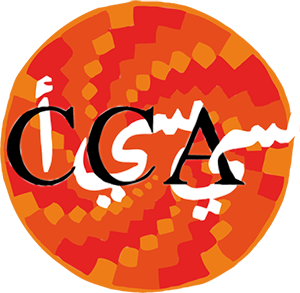About this lecture
The Holy Monastery of Saint Catherine is the world’s oldest continuously operating Christian monastery. Commissioned by the Byzantine emperor Justinian in the sixth century, it contains works of art and historic documents of tremendous beauty and importance including icons, wall paintings, and mosaics. One of the most famous of these is the Transfiguration mosaic, a jewel of early Byzantine art, located in the apse over the high altar in the monastery’s basilica.
Over the centuries, the Transfiguration has suffered extensive damage from earthquakes and water infiltrations
Some of the signs of deterioration were detachment of the preparatory layer from the wall, bulges in the mosaic surface, and lacunae (gaps) in the tesselatum. The area of Christ was so badly decayed that the mosaic was close to collapse, as an article of Kurt Weizman on the National Geographic reported in 1964. These problems led the monastic community to undertake a delicate program of consolidating and conserving the mosaic, and the CCA, Centro di Conservazione Archeologica, Rome, was asked to do the restoration. The work began in 2005, thanks to financing from the Emir of Qatar, Sheik Hamad bin Khalifa al Thani, following a project plan the CCA developed in 2001 for the Getty Conservation Institute (GCI).
Speaker(s): Roberto Nardi
Date: April 4th, 2011
Location(s): Silfen Auditorium, Bill Hall, Connecticut College, New London, United States
Organizing Institution(s): Connecticut College: Department of Art History & Architectural Studies / Connecticut College: Department of Art, History and Religious Studies
